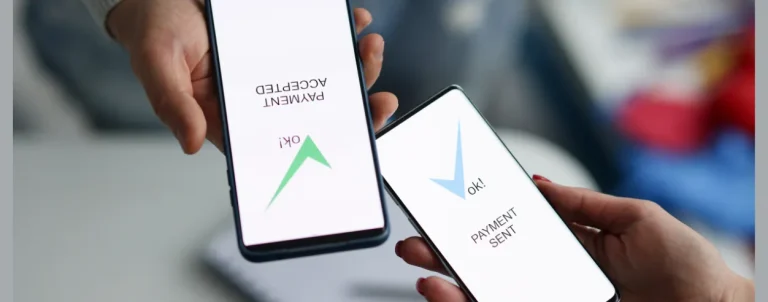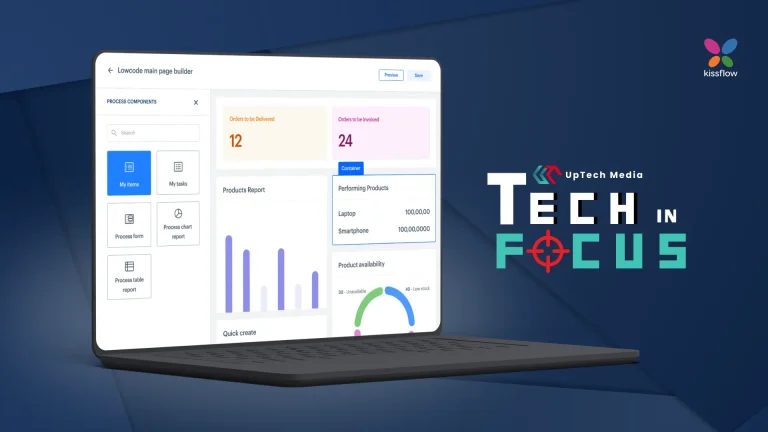Singapore – With the increased adoption of mobile fintech, a recent report by financial services firm UnaFinancial revealed that the Philippines ranks with the highest penetration rate at 63% in the Southeast Asia region, followed by Malaysia at 55%. Other countries in the region, such as Indonesia, averaged 49%, Singapore and Thailand at 45%, and Vietnam at 32%.
The study also found that penetration of mobile fintech in six Southeast Asian countries has increased threefold since 2019, achieving a significant 49% penetration rate in May 2024. This figure is further anticipated to grow to 60% by 2030.
It was noted that the countries expected to observe the highest levels are the Philippines (72%), Indonesia (64%), and Malaysia (61%). This trend is supported by the expanding super-platform economy, supportive regulatory frameworks, and favourable economic conditions.
In a recent Kepios analysis, a total of 86.98 million internet users were also recorded in the Philippines in January 2024, noting an internet penetration rate of 73.6% at the beginning of the year.
Indonesia, on the other hand, has achieved the highest growth rate of FinTech users over the past 5 years.
Additionally, the report showed that digital wallets and payments (35%) and mobile banking (18%) were the leading segments among FinTech apps.
Lending apps further revealed the fastest-growing segment, rising from 1% in 2019 to 5% in 2024. Conversely, investing and cryptocurrency trading apps have the lowest penetration levels, each at 2%, likely because of reduced investment activity amid global economic instability.
“The level of mobile FinTech app adoption increased from 9% in 2019 to 49% in 2024. Like the Philippines, Indonesia is actively developing FinTech, supported by government efforts and a large share of the unbanked population,” said UnaFinancial.
An analyst at UnaFinancial also shared, “The Philippines’ leadership is due to several factors, including the large share of the unbanked population, regulatory efforts to develop digital financial technologies, a large proportion of the young and tech-savvy population, and a growing level of mobile and Internet penetration.”












